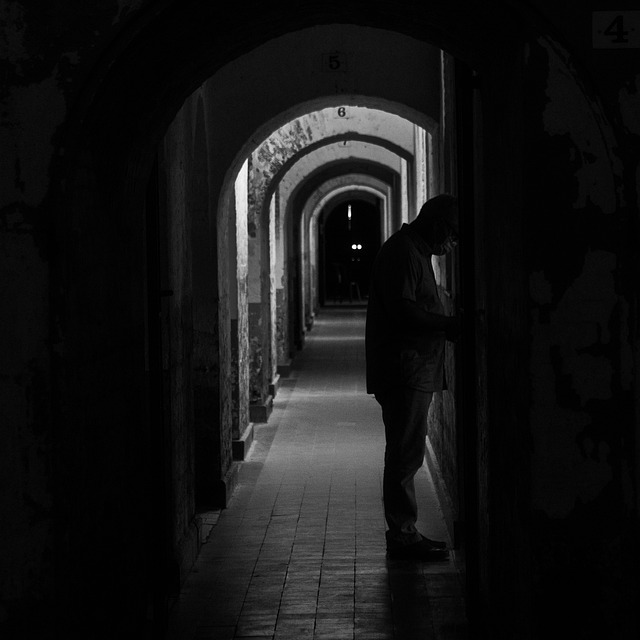
Correctional Facilities
Correctional facilities play a crucial role in the criminal justice system, serving as institutions where individuals are confined after being convicted of crimes. These facilities can be broadly categorized into prisons and jails, each serving distinct purposes and populations.
Types of Correctional Facilities
At its core, a correctional facility is designed to house individuals who have been convicted of crimes. There are two main types of facilities: prisons and jails.
- Prisons: These are state or federal facilities that typically house convicted felons serving longer sentences, often exceeding one year. Prisons are designed for long-term confinement and often focus on rehabilitation programs to help inmates reintegrate into society.
- Jails: Managed by local law enforcement, jails hold individuals who are awaiting trial or those serving shorter sentences, usually less than one year. Jails often deal with a transient population, which can present unique challenges for management and rehabilitation.
Management and Safety in Correctional Facilities
Effective management of correctional facilities is essential for ensuring the safety of both staff and inmates. The National Institute of Justice (NIJ) sponsors research aimed at improving these management practices. This includes exploring the impact of technology on safety and security within these institutions.
Technological advancements have introduced various tools that can enhance safety protocols, streamline operations, and improve communication among staff. For instance, surveillance systems and communication devices are crucial in maintaining order and responding to emergencies.
Challenges Faced by Correctional Facilities
Correctional facilities face numerous challenges, including overcrowding, mental health issues among inmates, and the need for effective rehabilitation programs. Overcrowding can lead to increased tension and violence within facilities, making it a significant concern for administrators.
Moreover, many individuals entering the correctional system struggle with mental health issues, which can complicate their time in confinement. Addressing these needs is vital for successful rehabilitation and reducing recidivism rates.
Rehabilitation and Reintegration
Rehabilitation is a key focus within correctional facilities. Programs designed to help inmates acquire skills, education, and therapy aim to prepare them for reintegration into society. Successful rehabilitation can significantly reduce the likelihood of reoffending, benefiting both the individual and the community.
Many facilities offer vocational training, educational courses, and counseling services. These initiatives are essential for fostering personal growth and helping individuals make positive life choices upon release.
Conclusion
Correctional facilities serve a vital function in the criminal justice system, balancing the need for public safety with the imperative of rehabilitation. By understanding the distinctions between prisons and jails, as well as the challenges and opportunities within these institutions, we can better appreciate the complexities of managing correctional facilities and supporting those who find themselves within their walls.
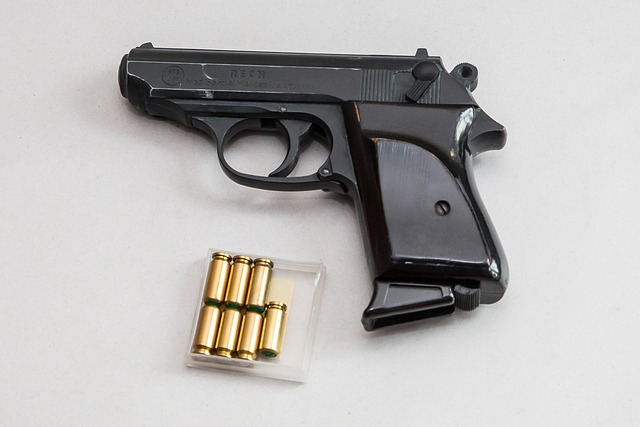








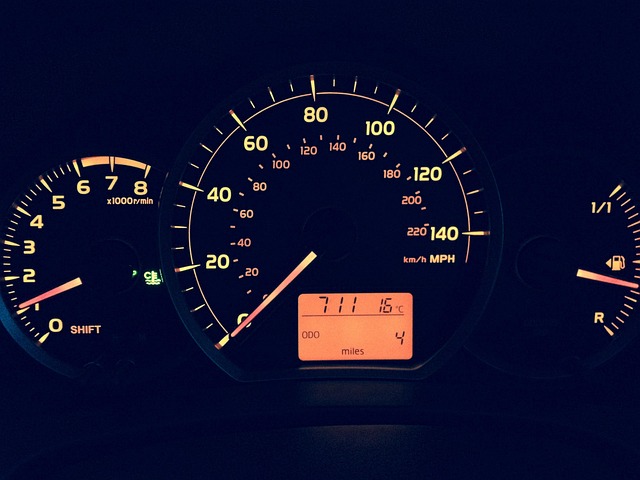
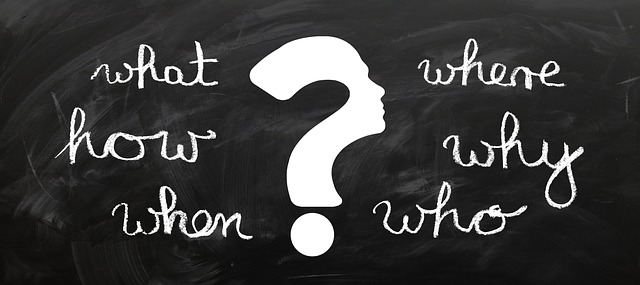



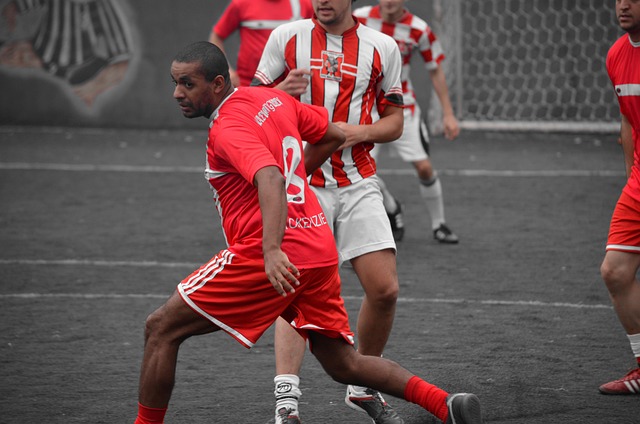


 Qualifiers Europe
Qualifiers Europe 
 Health
Health  Fitness
Fitness  Lifestyle
Lifestyle  Tech
Tech  Travel
Travel  Food
Food  Education
Education  Parenting
Parenting  Career & Work
Career & Work  Hobbies
Hobbies  Wellness
Wellness  Beauty
Beauty  Cars
Cars  Art
Art  Science
Science  Culture
Culture  Books
Books  Music
Music  Movies
Movies  Gaming
Gaming  Sports
Sports  Nature
Nature  Home & Garden
Home & Garden  Business & Finance
Business & Finance  Relationships
Relationships  Pets
Pets  Shopping
Shopping  Mindset & Inspiration
Mindset & Inspiration  Environment
Environment  Gadgets
Gadgets  Politics
Politics 